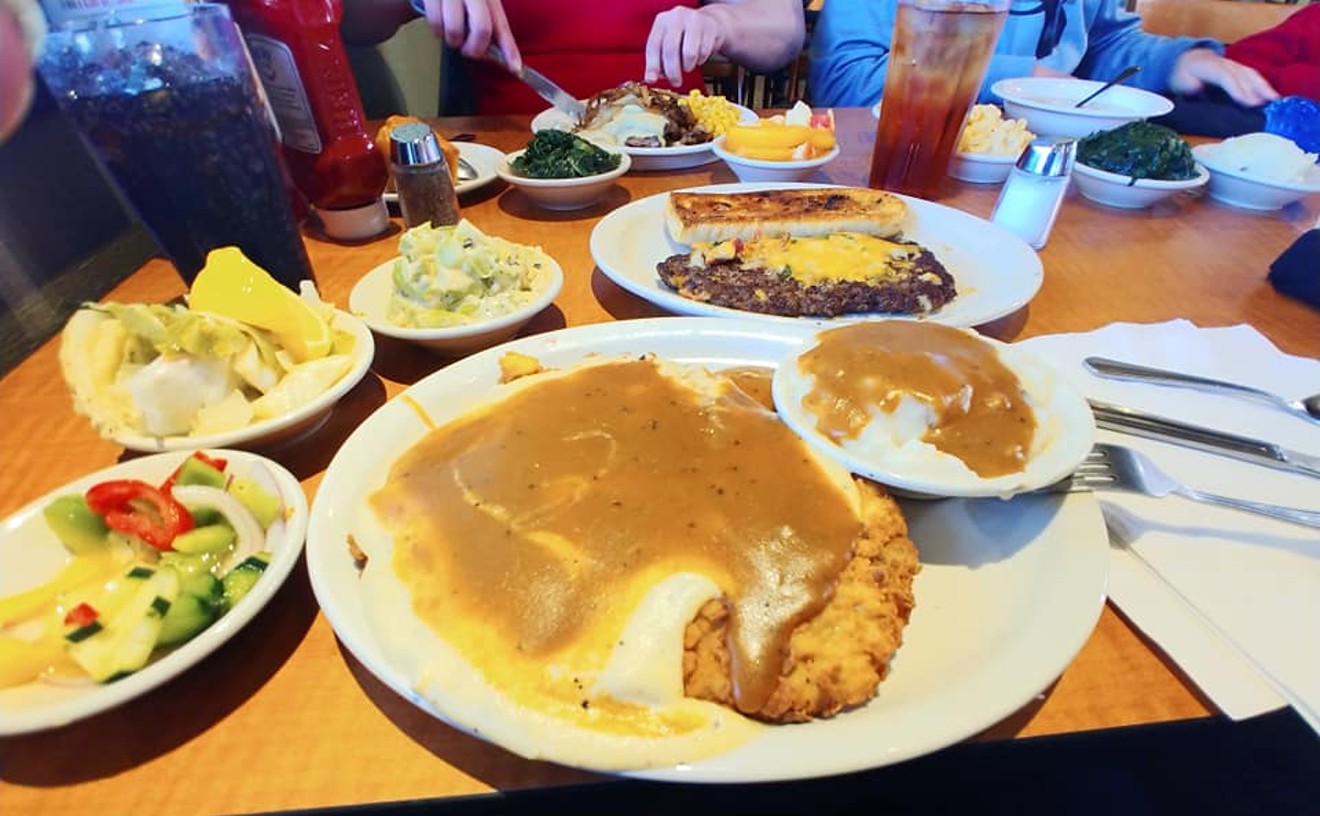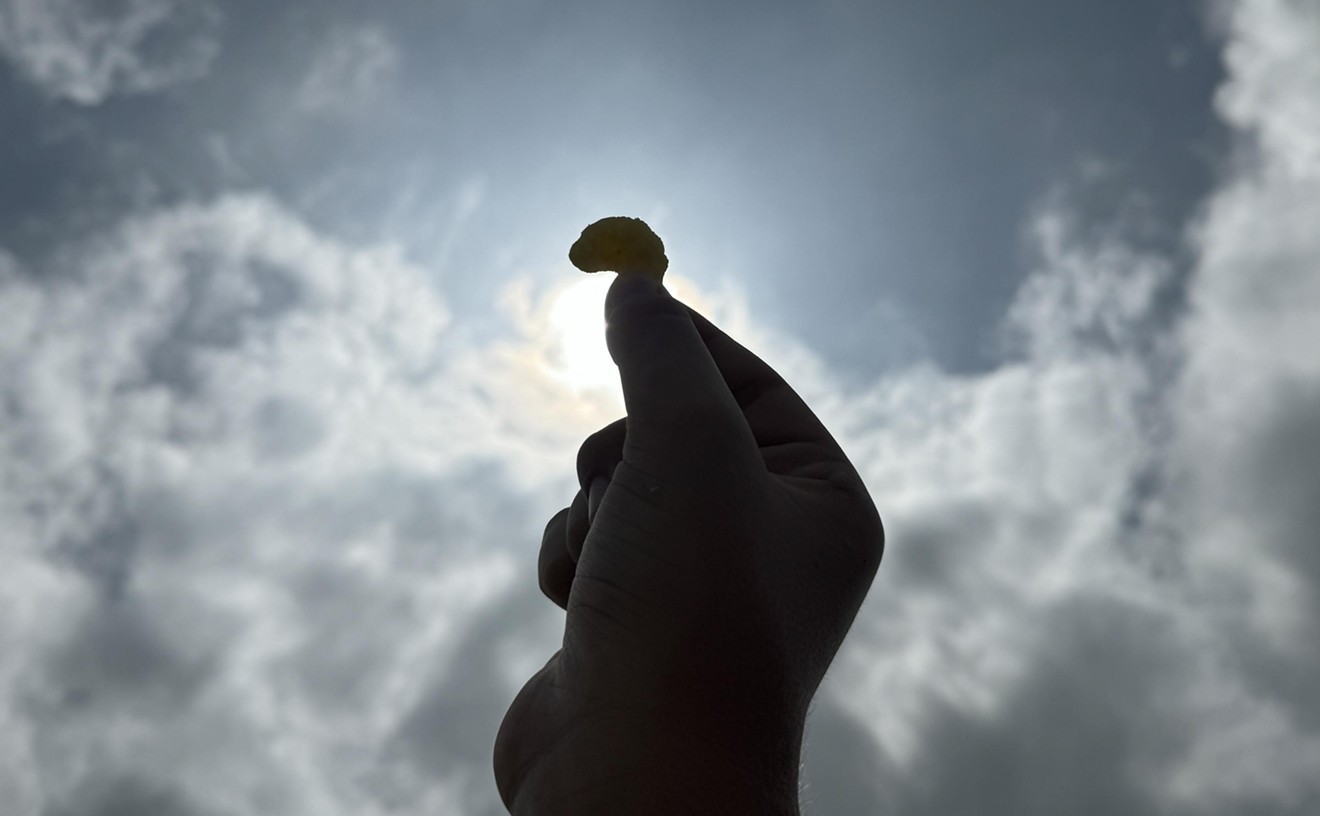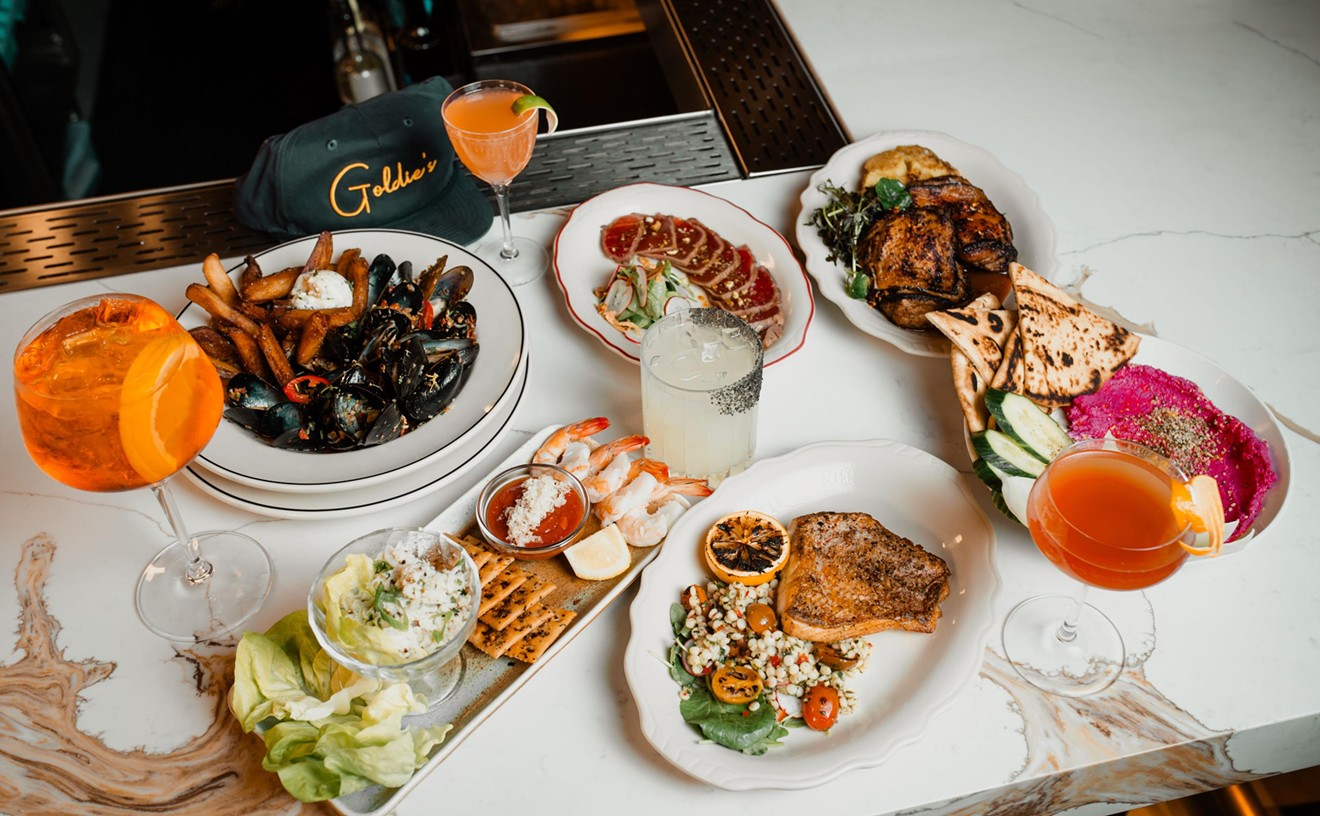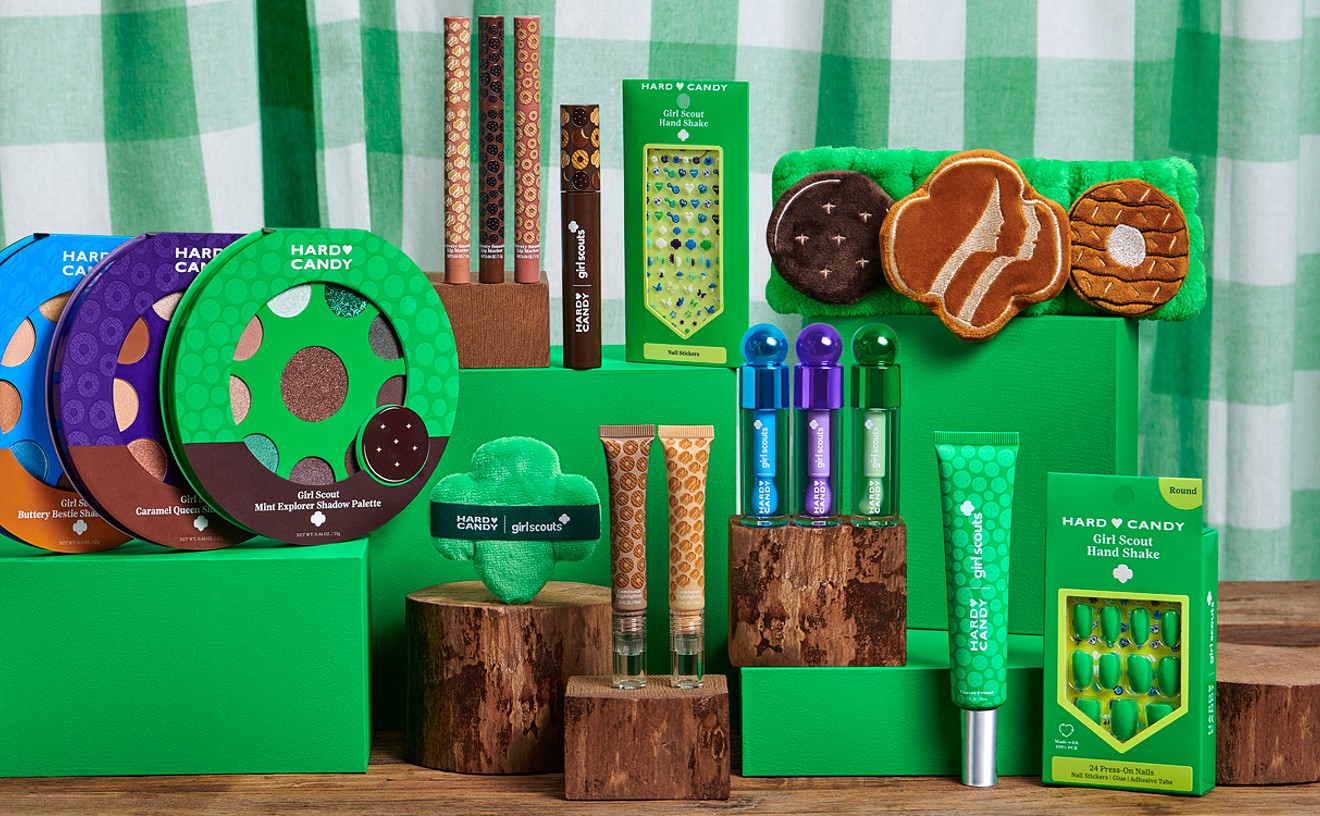I’ve been visiting Middle Eastern groceries since I was a little kid, guided by my Turkish mother and with occasional help from an assortment of her Turkish friends, and I’ve done some shopping at corner stores and supermarkets in Istanbul over the years, too. Here’s a quick list of some of my favorite things to shop for — and also, at the end, a couple categories of items I suggest you avoid.
Where to Shop
- World Food Warehouse, 13434 Floyd Circle, Dallas (everything from hot, fresh food to hookah supplies)
- Sara's Market and Bakery, 750 Sherman St., Richardson (all-purpose grocery and bakery)
- Shahrzad Mediterranean Market & Grill, 970 N. Coit Road, No. 3025, Richardson (more Persian-focused; restaurant attached)
- Milk and Honey Jerusalem Market & Grill, 420 N. Coit Road, Richardson (Israeli and kosher; restaurant attached)
- Fadia's Bakery, 581 W. Campbell Road, No. 126, Richardson (takeout bakery that supplies many other restaurants)
- Patel Brothers, 1009 W. Rochelle Road, Irving (Indian grocery with some Middle Eastern selections)
1. Cheese! Oh, the cheese. It might be the best part. For one thing, there’s the enormous range of feta cheeses available at a specialty store. Your taste will lead you to a different kind of feta; maybe your favorite will be Bulgarian instead of Greek, or the (fairly delicious) brands from Denmark. Look for the phrase “white cheese,” which means the same thing as feta, or “beyaz peynir,” the Turkish term. (Beyaz peynir is often a little firmer and less crumbly than feta. You can still crumble it, but you can also eat it in a slice.) My family especially likes the Sütdiyari brand that comes in a round canister.
And then there are all the not-feta cheeses. Kashkaval (vaguely cheddary and popular at breakfast), halloumi (which you can fry in big patties, since it’s nearly impossible to melt), kasseri, goat cheeses … the list might never end.
2. Tiny eggplant. In Asia, eggplant isn’t the size of footballs, the way it is here. Asian eggplant is less bitter and the skin is tender, so you don’t need to peel it. Unless you only use eggplant for Italian Parmesan dishes, try the smaller size for stir-frying, roasting, smoking and/or making your own baba ghanoush.
3. Frozen bags of baby okra. Are you one of those unfortunate people who doesn’t like okra because it’s “slimy?” When okra is still tiny, its flavor is intact but there’s less inner surface area for that slimy film to develop. Frozen baby okra from the Middle East can be a modest but noticeable upgrade to your Southern American cooking.
4. Unusual deli meats. The word "pastrami" comes from the Middle Eastern “pastirma” or “bastirma,” a cut of deli beef that’s sort of similar. Bastirma is darker in color, and its spice is subtler. It’s far from cheap, but if you’re trying to put together the fanciest charcuterie plate in town, give it a shot. Sujuk, or soujouk, is a terrific beef sausage you need to try, spiced with plenty of cumin, garlic, red pepper and, in some countries, paprika. Fry up some slices for breakfast with your tea. Oh, speaking of which…
5. Tea. Name a tea, and they’ll have it. Sara’s Market and Bakery stocks half an aisle with Chinese green tea, earl grey and just about every kind of tea from the Mediterranean and Persian regions, in every conceivable flavor.
6. Sardines. Look for the Alshark brand of Moroccan sardines, because the crazy, obsessive guy named Drew who runs the Interweb's best full-time sardine review blog gives the coveted Five Sardines rating to Alshark’s sardines in plain oil and sardines in spicy chili oil. Plus, a can of Alshark costs only $1.
7. Spice mixes. Kafta seasoning is what’s used to make shish kebabs and grilled, ground meat. Pro tip: You can also add it to burgers, if you want an extra flavor kick. You’ll also be able to find curry mixes and something called “Oriental Cake.” I have no idea what Oriental Cake is used for. The ingredients list on the back reads, “Funnel [sic], anise, nutmeg, cloves.”
8. A jar of tahini. Hummus is surprisingly easy to make at home. The only specialized items you need are a food processor (or blender) and a jar of tahini. There are great recipes online for different varieties. Yotam Ottolenghi and Sami Tamimi, partner chefs from Jerusalem (one Jewish and one Arab), have a recipe geared to save you an hour of prep time. It’s in their book Jerusalem and in the compilation Food52 Genius Recipes.
9. Halva. We’ve talked about halva before at the Observer, but it’s worth repeating. Halva is a mixture of tahini and sugary syrup, produced in loaves so you can eat a crumbly, sweetish slice. You can get halva plain, but the favorite of most Middle Easterners has whole pistachios mixed in. Some groceries also stock halva with cocoa powder or chocolate.
10. Dessert pastries. Premade baklava from a Dallas-area bakery? Heck yeah. And Sara’s in Richardson has its own bakery, which creates confections like date cookies (a bit like Fig Newtons, but with dates instead of figs, and covered in sesame seeds). And if you’re courageous enough to make your own pastries, stop by the freezer for phyllo dough (the paper-thin sheets baklava is made from) and the shredded wheat used in kunefe.
Unfortunately, it’s not all a joy. There are a couple groups of items I don’t really explore much, and wouldn’t recommend to you. This might make me an enemy or two, but it’s grounded in experience.
1. Meat from the butcher shop. Sorry to say this, but my family and I never get meat from the butcher at a Middle Eastern grocery in the United States. There may be a grocer out there serving glorious, fresh meat, but too many shops we’ve been to have off-putting or even terrifying odors emanating from the meat counter. As good as the house-made spicy sausage at one local store looks, my nose told me to get out of the building. It’s probably safe to eat their goods, because otherwise there’d be a giant public-health scandal, but maybe a more adventurous diner can confirm that for me.
On the other hand, Middle Eastern groceries are probably the only place where you can get cow eyeballs. So if you really need cow eyeballs, go for it.
2. Chocolate bars. When I was a kid, the chocolate bars were the most exciting thing in the Arabic grocery. But, truth be told, they were always disappointing. That’s because our American taste buds expect more overt sweetness and boldly chocolatey flavor, whereas a lot of the Middle Eastern candy bars are very mild-mannered. Even high-quality companies, like Ülker (which owns Godiva), make pretty timid candy.











